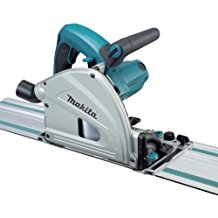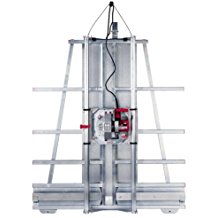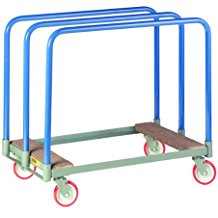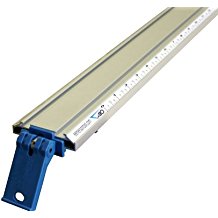I have to admit I have a bias here.
Makita SP6000J1 6-1/2-Inch Plunge Circular Saw with Guide Rail (aka “Track saw”)
If you are cutting LARGE sheets and have sawhorses (and a good “reach”), a track saw will be faster and easier than passing a 4′ x 8′ sheet of plywood over the blade of a table saw, and give a decent cut (provided the blade is sharp, with the correct number of teeth, and the operator is skilled).
For almost everything else, a properly aligned and set up table saw will do Much much more than a track saw. Here is my bias – I view a track saw as a “one trick pony”. I use an aluminium guide or a really straight board when I cut a plywood sheet. It’s fast and easy, and you can “dress” the edge afterwards. I also don’t have to store a single purpose tool just for these occasions – my skilsaw, guide, and clamps are easy to get to.
13 pointers for perfect plywood cuts – woodworking magazine
Bonus comment:
If you are cutting a lot of 4×8 sheets, the track saw can slow you down, compared to this baby:
Some of them even have a mount for a router, (or you can convert it), and you get very high quality cuts.
I owned a cabinet shop, and your plywood could slide vertically into this saw (it just takes up wall space), and you can stack the finished parts on a cart, ready for the next step
(banding/sanding/drilling). A decent panel saw costs more than a track saw, about as much as a good table saw.
Keep in mind that you have to determine what your shop does, when you consider the cost, and factor in any savings in time.
To Recap, either saw will cut clean if it has a sharp blade and is setup and used properly, but you have to determine your needs based on what you build. I have a bias towards the table saw and a good panel saw.
Best of luck with your cutting, and remember to wear a mask and eye protection!





